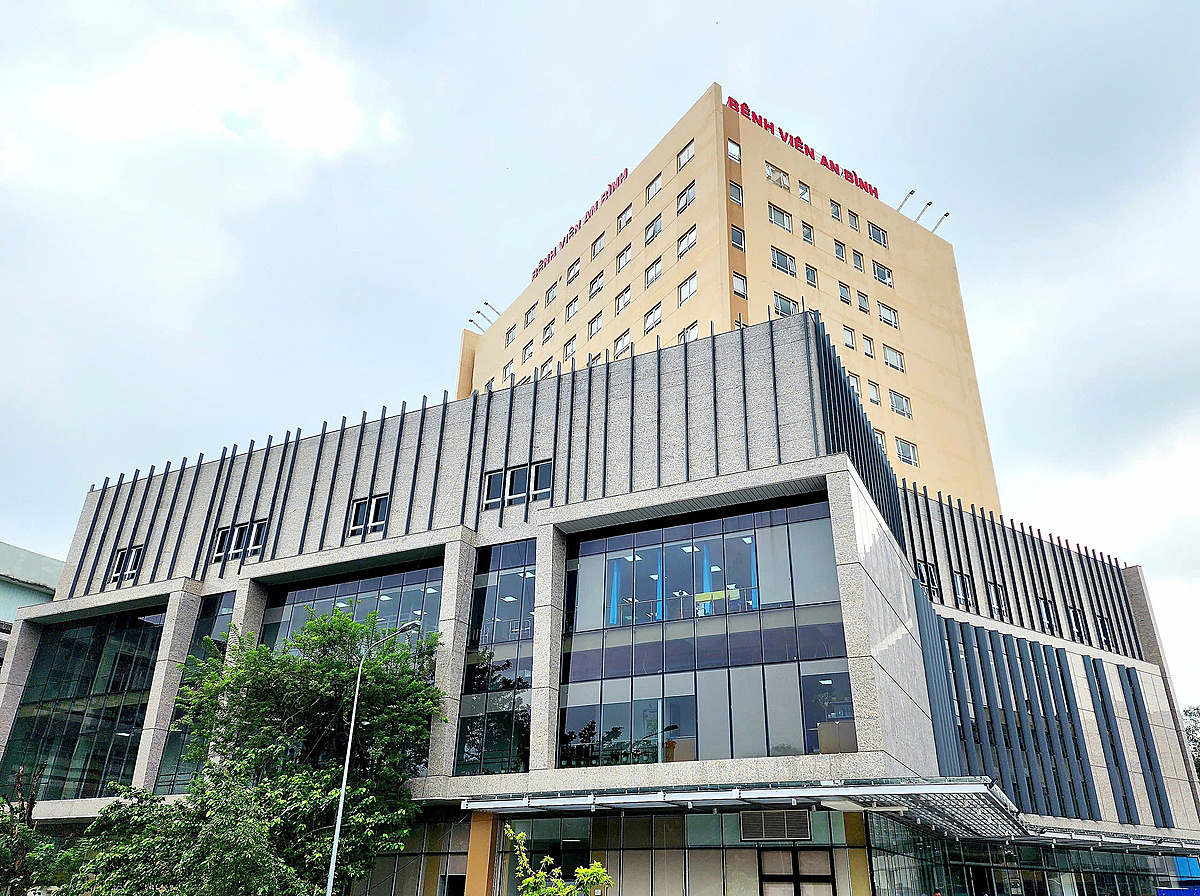Dr. Ho Hai Truong Giang, director of An Binh Hospital, stated that the new "B" building, comprising two basement levels and 12 floors above ground, connects with the existing "A" building (opened in 2022 after breaking ground in 2018), creating a modern complex. The "A" building itself has 12 floors above ground and one basement level.
As one of Ho Chi Minh City's oldest hospitals, An Binh's previous facilities had deteriorated, regularly flooding during high tide and leaking when it rained. This created difficulties for both patients and medical staff.
According to Dr. Giang, the biggest challenge during the new hospital's construction was maintaining daily medical services for thousands of patients. Simultaneously managing construction, relocation, and departmental reorganization presented unprecedented pressure. The new hospital now offers advanced facilities and equipment, providing patients access to both basic and specialized medical services without the need for transfers. The hospital is also expanding international collaborations, implementing information technology, and moving toward electronic medical records and prescriptions.
 |
The modern facility of An Binh Hospital. Photo: Provided by the hospital |
The modern facility of An Binh Hospital. Photo: Provided by the hospital
Tang Chi Thuong, director of the Ho Chi Minh City Department of Health, noted that many public hospitals have received investments in new, modern infrastructure in recent years, increasingly meeting the public's healthcare needs.
According to the city's medical planning, An Binh Hospital is designated as a first-class general hospital with 700 beds, part of the specialized medical cluster in central Ho Chi Minh City. The hospital will continue developing advanced techniques, striving to achieve specialized status by 2030. Its focus rests on three pillars: enhancing specialized capacity, applying modern technology, and strengthening training collaborations and scientific research. Concurrently, the hospital is standardizing quality management processes to meet international standards.
"The Department of Health expects An Binh Hospital to develop as a smart, community-oriented, and sustainable hospital," Thuong said.
"Smart hospital" means applying AI, telehealth, and big data systems in diagnosis, treatment, and administration. "Community-oriented hospital" involves charitable medical examination programs and community health care, especially for the poor and vulnerable. "Sustainable development" means enhancing professional expertise while participating in preventive healthcare and primary care networks, aligning with the healthcare sector's direction.
An Binh Hospital originated as a pagoda for ethnic Chinese people of Teochew descent, established in 1892, offering free medical examinations and herbal remedies. Due to growing demand, a new hospital building was constructed in 1916. In 1945, Western medicine was adopted, and the hospital was renamed Trieu Chau Hospital. In 1978, it became An Binh Hospital under the management of the Ho Chi Minh City Department of Health. On 19/5/1994, it was renamed An Binh Free Hospital, and since 2001, it has been known as An Binh Hospital.
Le Phuong












